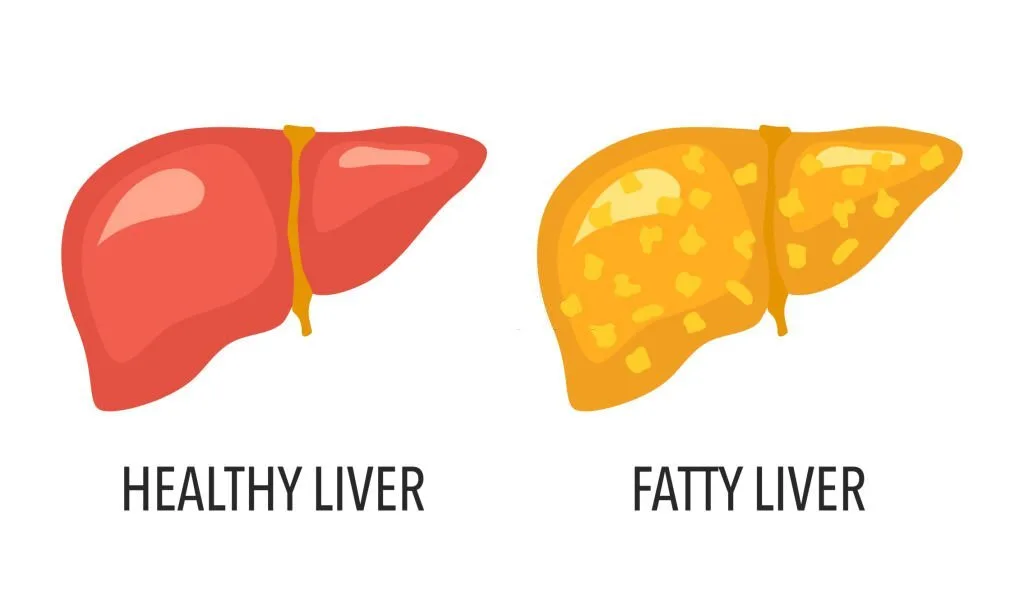Fatty Liver Disease is a condition that affects millions of people each year. It is caused by an imbalance of fatty acids in the liver, which can lead to liver damage, inflammation, and even cirrhosis. While there are many different ways to diagnose this condition, one of the most common ways is by recognizing the physical signs and symptoms that appear on the face.

One of the most common facial signs of fatty liver disease is yellowing of the skin and whites of the eyes. This is caused by a build-up of bilirubin in the body, a substance that is produced when the liver breaks down red blood cells. When bilirubin levels in the body get too high, it can cause jaundice, which can present as a yellowish discoloration of the skin and eyes. In addition to jaundice, other facial signs of fatty liver disease include dark circles under the eyes, a pale complexion, and a yellow tinge to the skin.
Another common sign of fatty liver disease is a yellowish discoloration of the tongue. This is caused by the build-up of fat in the liver, which can manifest in the tongue as a yellowish color. Additionally, a person with fatty liver disease may also experience itching, rash, and sores on the face. This is caused by lymphocytic infiltration, a process by which fatty acids build up in the body and can cause inflammation and itching.
Finally, fatty liver disease can also cause fluid retention in the face. This can cause swelling and puffiness in the face, especially around the eyes and cheeks. Additionally, people with fatty liver disease may also experience a sensation of tightness in the face, as the skin may be stretched due to the buildup of fluids.Fatty liver disease is a serious condition that can cause a variety of physical and psychological symptoms. Recognizing the facial signs of this condition can help people to get an early diagnosis and begin treatment. If you notice any of the symptoms described above, it is important to contact your doctor for further evaluation. With early diagnosis and appropriate treatment, fatty liver disease can be managed and its impact minimized.




